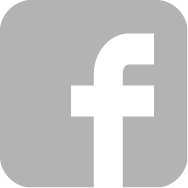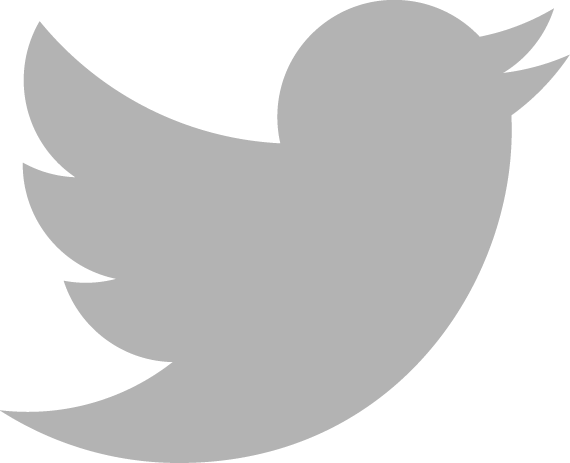Ask bravely, answer boldly: How to use fear to enable success
by Jean-Marc Rinaldi, Founder & CEO of CBA.
Any designer will tell you that the swipe folder on their desktop is chock full of beautiful imagery and that their Pinterest boards are regular mines of inspirational fodder. But any great designer will also tell you that the best design is not derivative; originality does not follow trends.
Instead, the best design speaks to the essence of its subject, striking at its core in a way that evokes an emotional response. But designing with heart is not an easy thing to do. It requires raw belief in oneself and one’s subject, the ability to take risk without assured reward, and a willingness to abandon a clear path in favor of a dark alley. In short, it can be an uncomfortable place to design from.
Many designers shirk this route in favor of trend or pattern, and some create beautiful design this way...but these designs quickly lose favor in a sea of sameness. Truly great design forges a new way forward, ensuring its relevance for years to come and evoking emotions from consumers to form lasting bonds. So how does one go about striking design gold, creating work with the potential to shake up the marketplace and become iconic in its own right?
At CBA, “ask bravely, answer boldly” is the core principle that guides the way we create work for ourselves and for our clients. Whether it’s a small packaging design project for a local San Francisco client, the creation of a new retail concept for a massive global brand, or the rejuvenation of a well trusted CPG brand, we do not strive to create good work. We strive to ask brave questions that evoke bold answers, helping us to create excellent work. This approach is challenging but we have found it to be far more rewarding, providing our clients and ourselves with results that are meaty, intellectual and poignant, evoking emotional responses in audiences for years to come.
Here are a few guiding principles that we use at CBA to help us ask bravely and answer boldly:
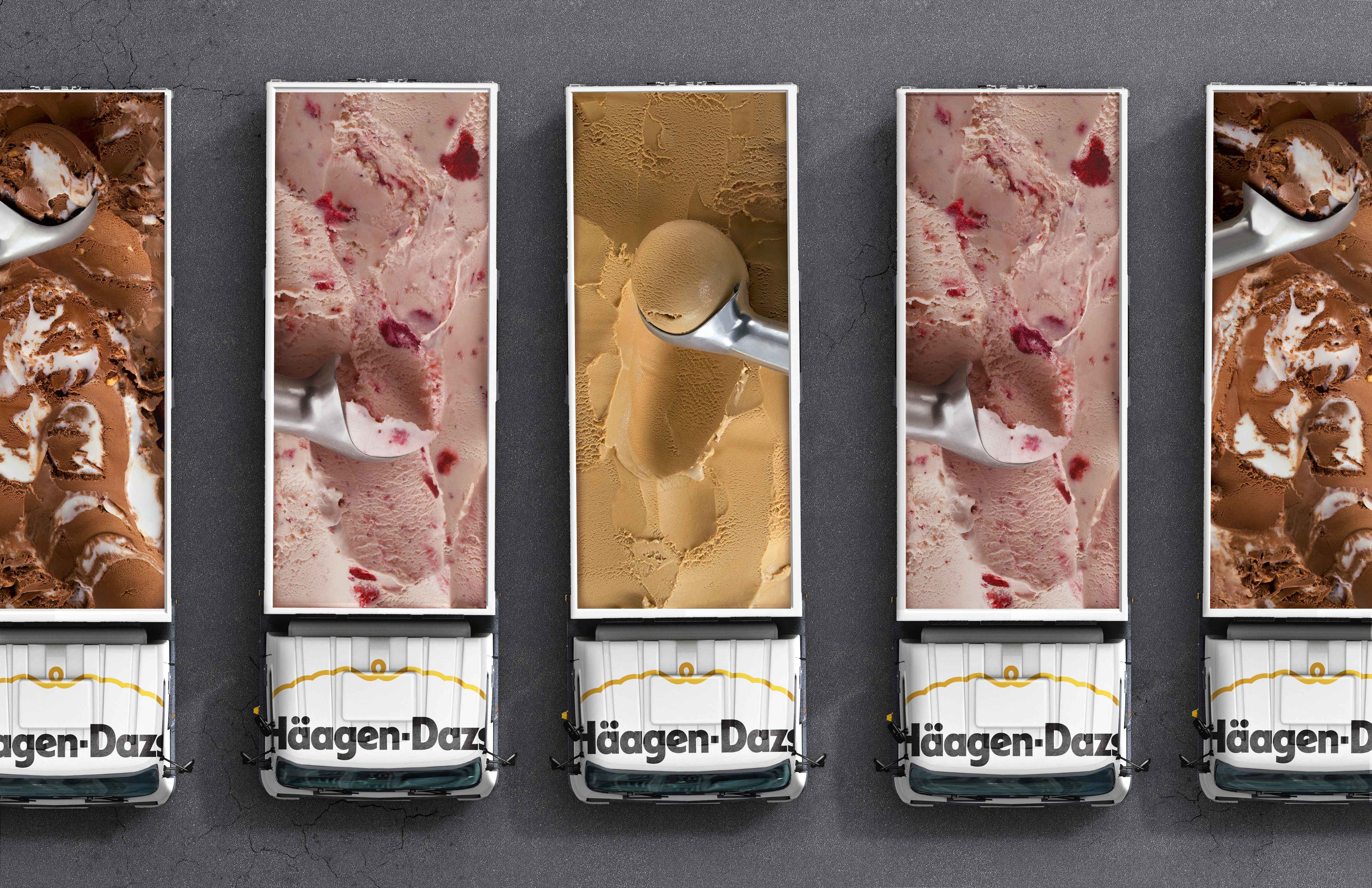
Step outside.
For a few hours or days, ignore the immediate task at hand and step outside yourself and your studio to widen your horizons. Go to a museum, abandon your computer and allow yourself only to sketch, investigate categories outside of where your task lies. Rarely does the best answer exist in plain sight so it can help to loosen the confines of your perspective.
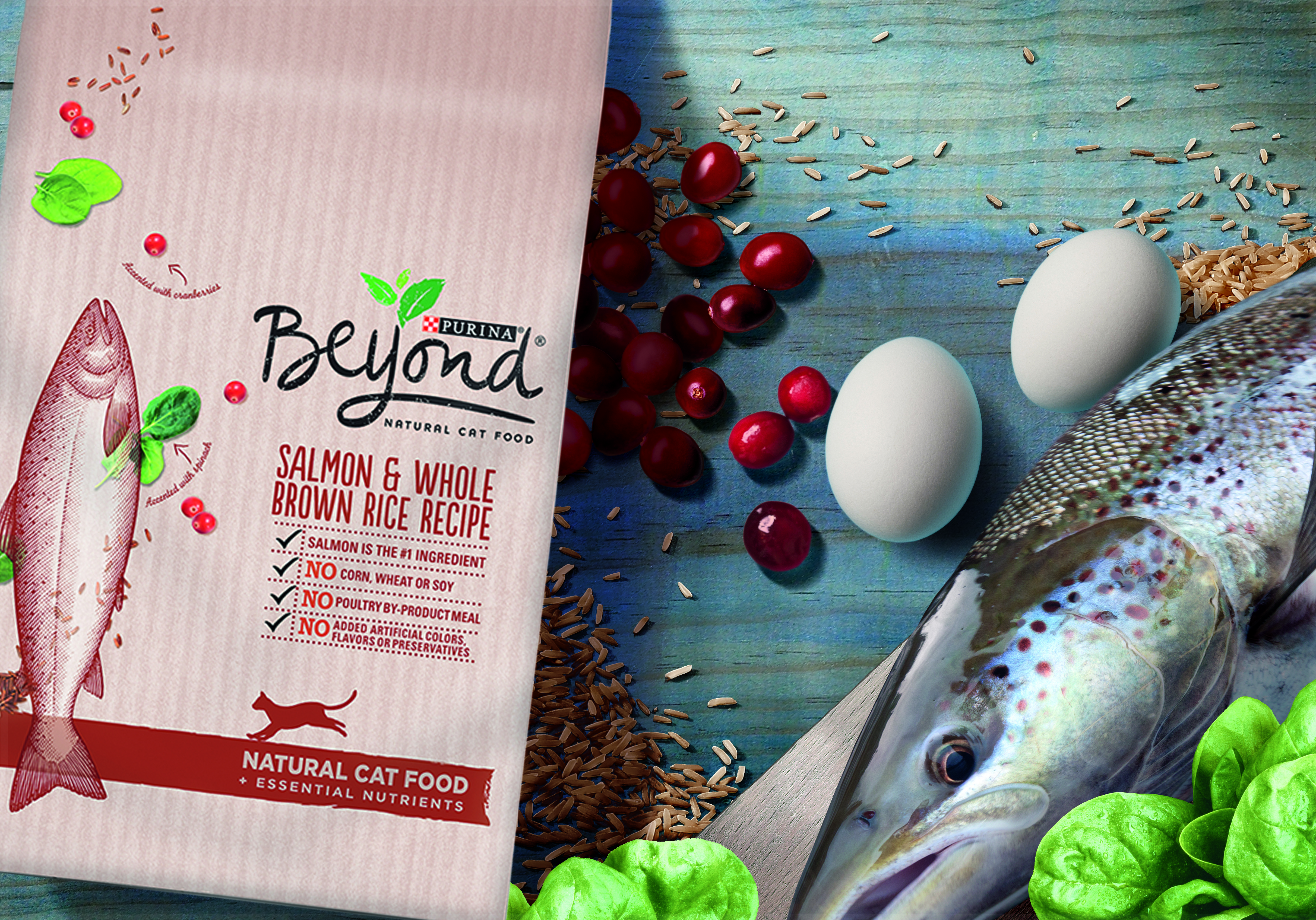
Dig deep.
And that doesn’t mean by digging into your inspiration folders or through your sketchbook for good ideas past. It means setting time aside to inspire new ideas by asking the hardest questions; to get uncomfortable and to look at your subject from all angles. Because make no mistake, a pretty technique or crafted palette will only take you so far and can be quickly imitated by the masses. It’s the core intellect of an idea expressed boldly that can sustain a business or a brand for the long haul, improving the lives of consumers in the process.
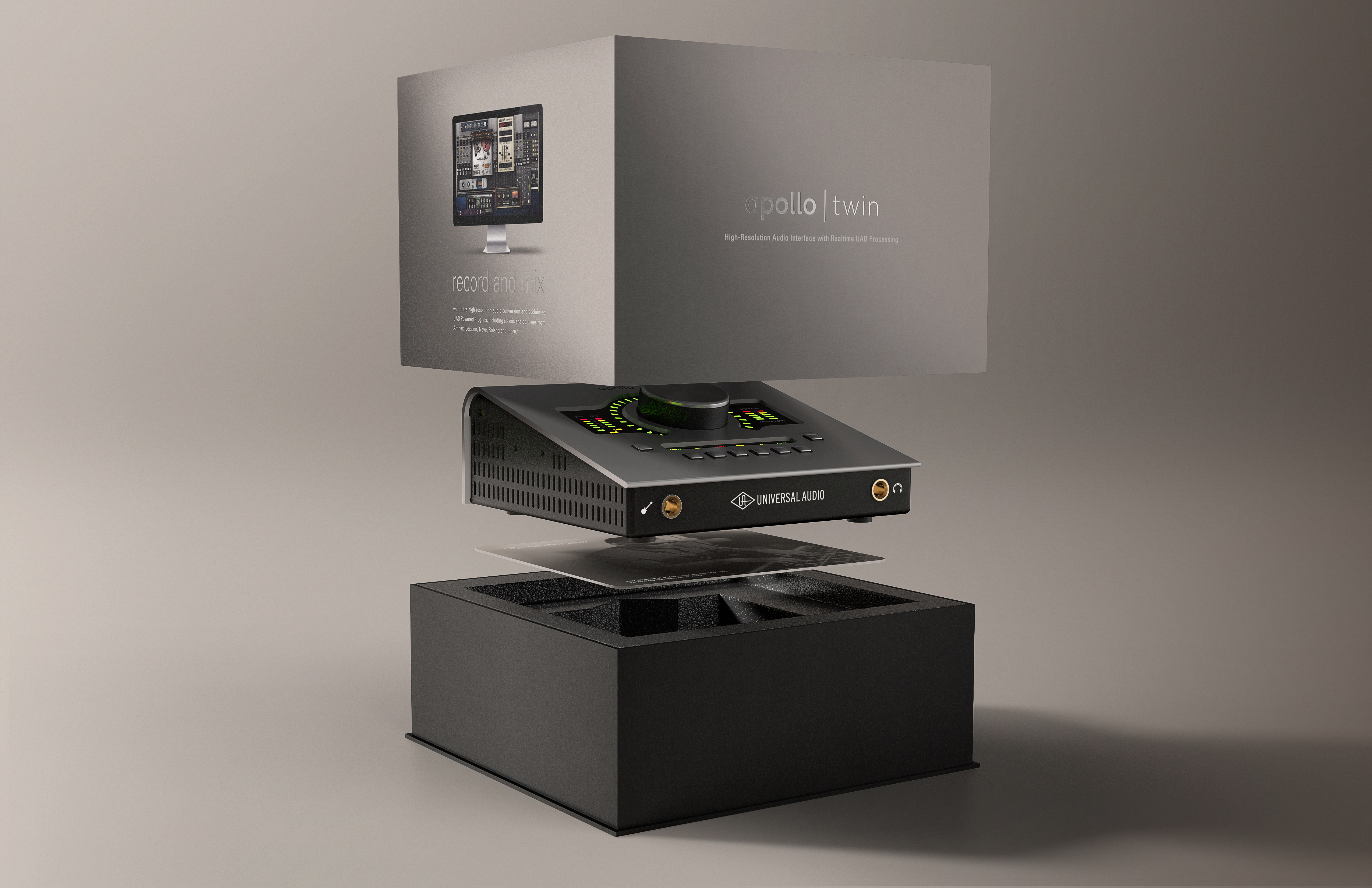
Embrace the fear.
One of the most important and underused tools in a designer’s toolkit is fear. By embracing our fears and tackling the unknown we unleash ourselves from common category conceptions, but we also free ourselves up to fail. Failure is an enormous tool within the creative process, allowing us to improve, to strive for better and to get used to feeling challenged. Most of us do not find personal empowerment and success in the comfort of our own home, and the same applies to design: we must strike out and seek challenges in order to become our best selves.
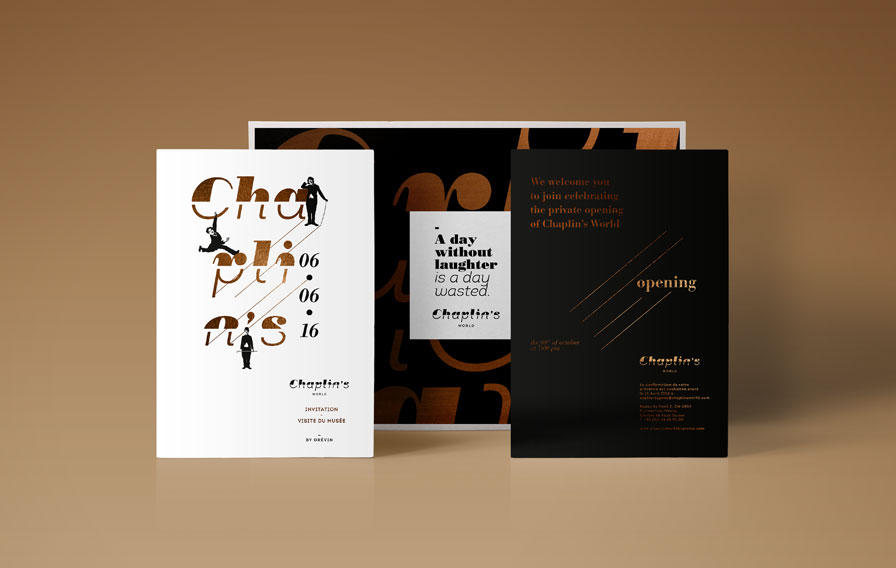
Get uncomfortable.
Once you hit gold, keep digging. We can’t count the number of times when we’ve clung to a sketch or an idea, too afraid to mar it, to muddy it or to push it further. But being uncomfortable pushes us to do work that is consistently better and frees us from the idea of failing. All great artists have been taught the importance of letting go. It is practically lethal to be overlyprecious about work and much more fruitful to forgo the notion of a “final product” in exchange for an appreciation of the process. You will and should fail often, it’s how you learn.
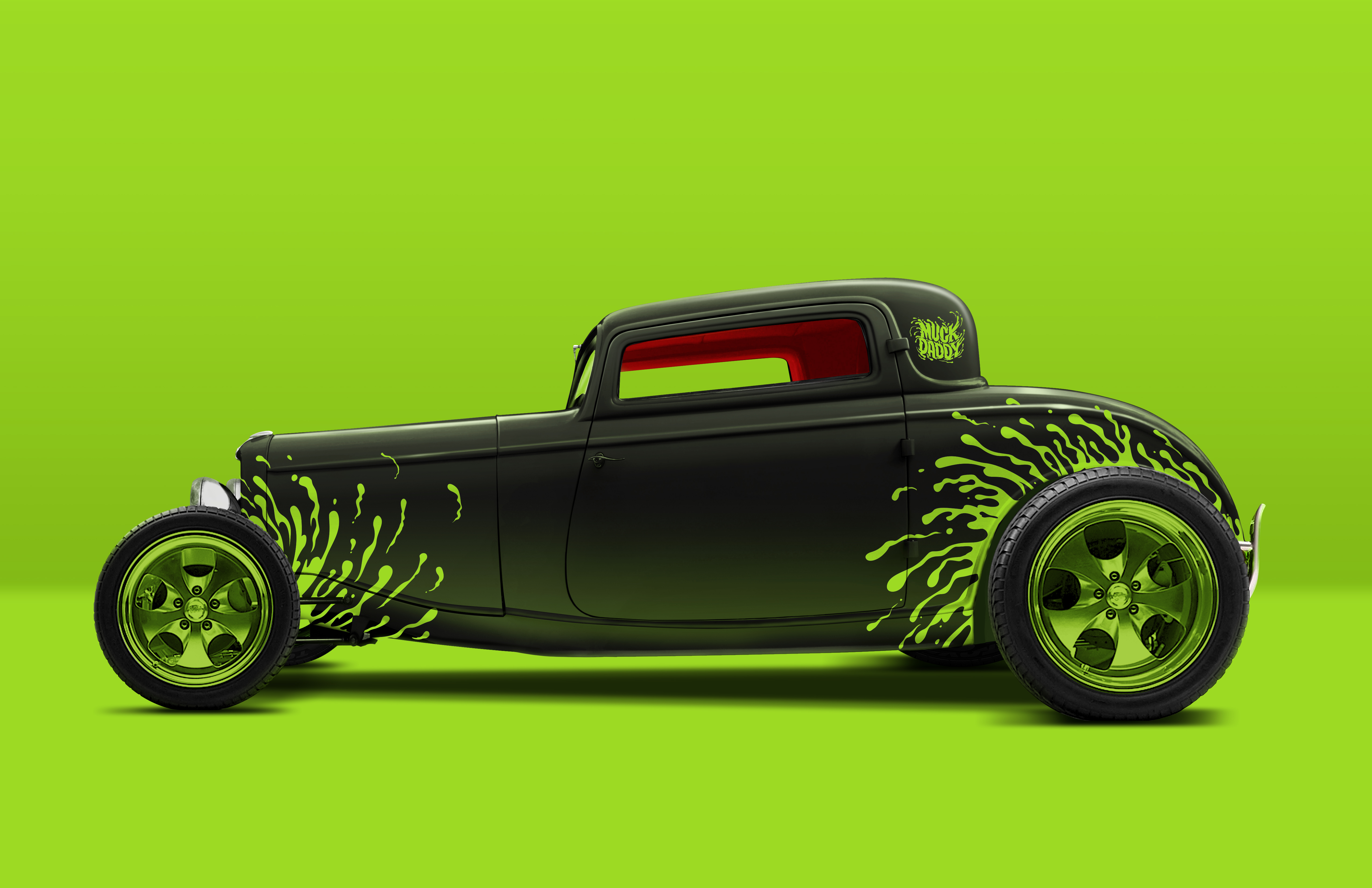
Take risks.
On occasion, asking bravely and answering boldly can mean returning to a client to reshape a brief, respectfully pushing back should you feel a client is asking the wrong questions, or even refusing a project all together. And while that might seem like a frightening prospect, it can be incredibly effective for both you and your clients. By constantly asking the hard questions, you push yourself and the limits of your creativity forward, allowing you to take pride in work that fuels your portfolio, your client’s business...and maybe even another designer’s Pinterest board.
